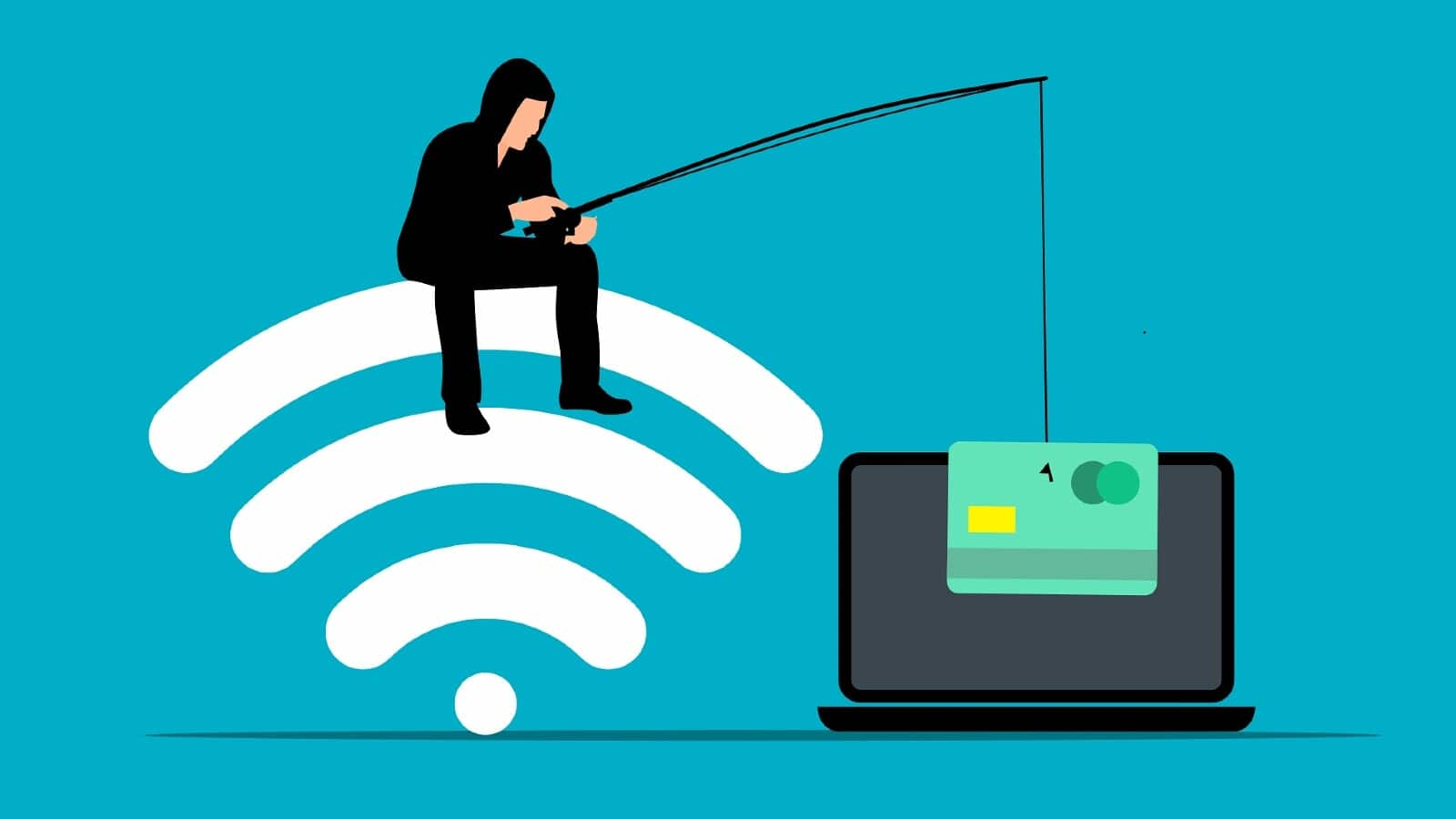
Received scam call or message? Here's what you should do
What's the story
With the rise of digital communication, we have also witnessed a surge in scam calls and messages. Scammers frequently masquerade as hiring managers or delivery agents, using these disguises to fool people into giving away sensitive information. Their main objective is to steal money, digital identity, or both. If you fear you have been targeted by a scam attempt over phone call/message, here are three must-do steps for securing your accounts and preventing future fraud cases.
Reporting scams
Report the scammer's phone number
The first step after identifying a scam call/message is not just blocking the scammer's phone number but also reporting it. Blocking only prevents them from contacting you directly. Reporting the number can help others avoid becoming victims. If caller ID services like Truecaller haven't already flagged the number as a scam, use their reporting facility to mark it as fraud. This tags the number as suspicious when scammers try to contact others, contributing to a safer digital environment for everyone.
Vigilance
Stay alert and monitor your accounts
After getting a scam call/message, it's important to not respond to it and remain vigilant. Keep a check on your finances and online activity for anything unusual. If you see something suspicious, get in touch with your bank or the concerned brand immediately. If you think someone else may have your credit/debit card details, change the passwords immediately. In case of continued suspicious activity, think of canceling the card and getting a new one to make any stolen information useless.
Password security
Change your password immediately
If a scammer sends an OTP or attempts to access any of your accounts (Amazon/Facebook), change the password immediately—even if the attempt was unsuccessful. You can also log out of all devices where that specific account is logged in and re-login using the new password. If you haven't set up two-factor authentication for that particular account, do it. This measure ensures even if a scammer gets access to your password, they won't be able to access it without an OTP.